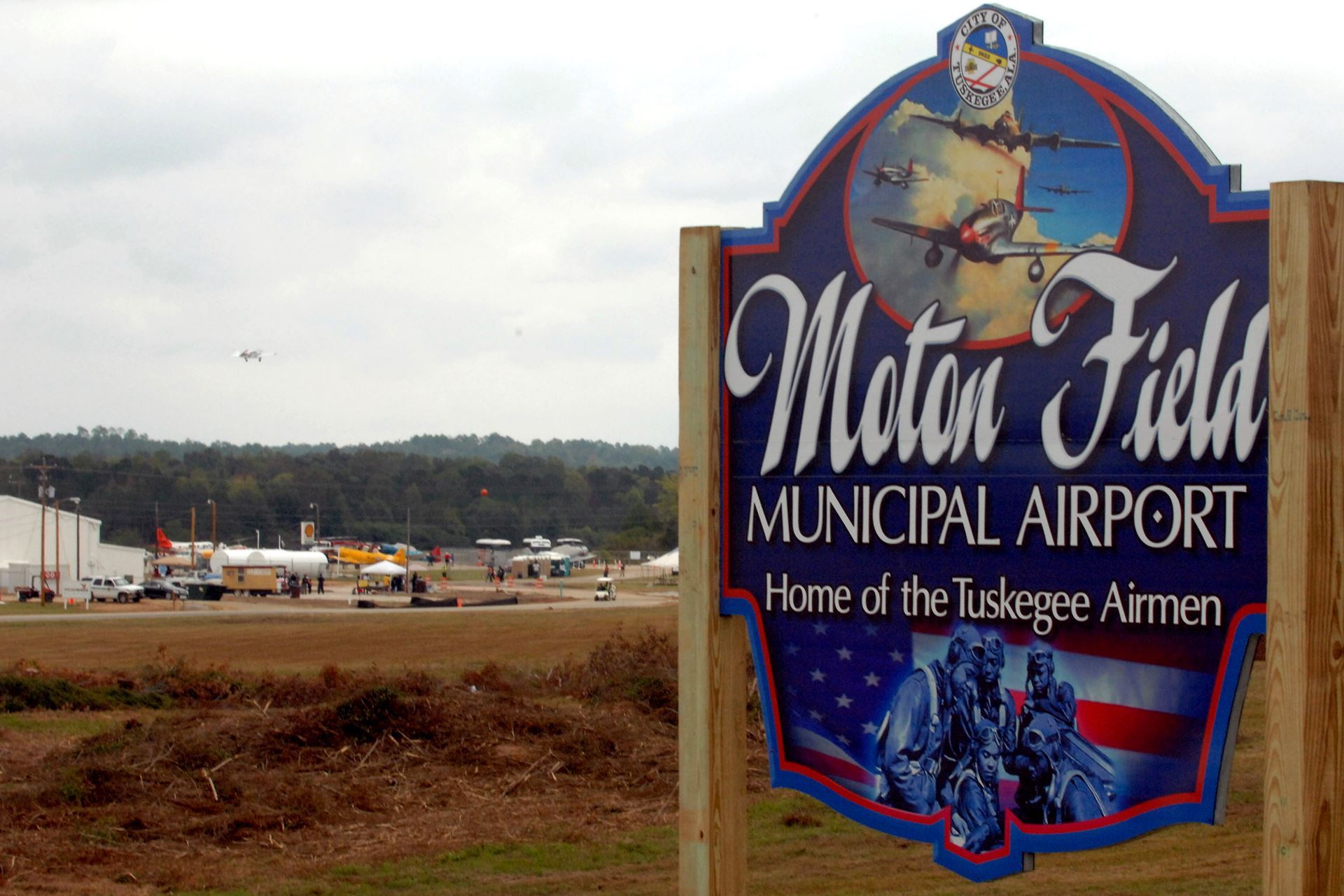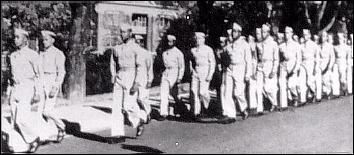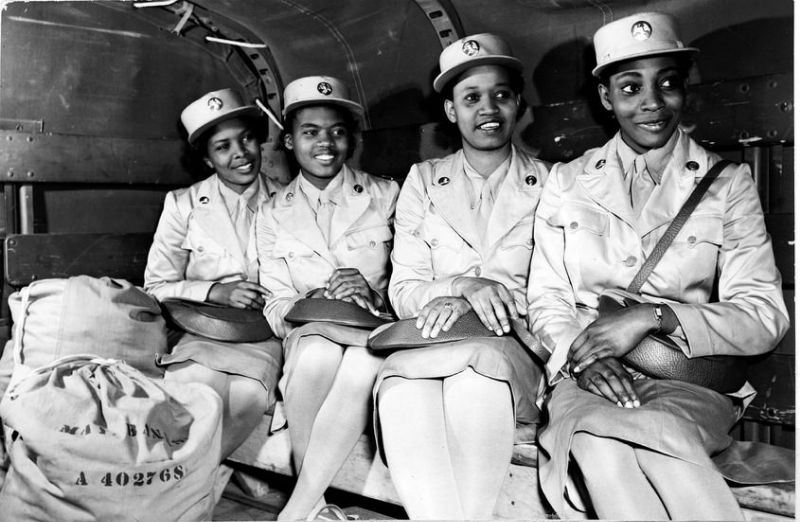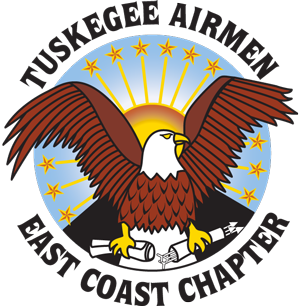| EAST COAST CHAPTER |
HISTORY
in the 1940s, there was so much racial segregation that many African-Americans with college degrees, of working age, realized there was no equality here in the United States. When the opportunity to join the military during World War II, 966 African-Americans joined the U.S. Army Air Corps to become aviators. However, the many enlisted men were trained at isolated training complex at Moton Field. This field was just outside of Tuskegee, Alabama at the Tuskegee Institute campus. Due to segregation, while stationed there

Moton Field was the training site that produced several successful aviators. Under the command of Benjamin O. Davis, Jr. (who was later to become the U.S. Air Force first Black Brig. General) there were 450 African-American fighter pilots fought in the aerial war over North Africa, Sicily and Europe. The gallant men flew the P-40, P-39, P-47, and P-51 aircraft, which enabled them to fly 15,522 sorties and complete 1578 missions along side of the 12th Tactical U.S. Army Air Force and the 15th Strategic U.S. Army Air Force. The men and women created their own community. They were able to shop, eat, meet, and fellowship with one another safely within a segregated
The Germans called the many aviators "Schwartze Vogelmenschen" (Black Birdmen), because the feared and respected their skills. Caucasian American bomber crews had lost so many bombers prior to the Red Tail Angels joining their mission. The bomber crews reverently referred to them as the "Red Tail Angels" because of the unique identifying red paint on the tail assemblies of their many aircraft, as well as their reputation for not losing any bombers to enemy fighters during the escort mission over strategic targets in Europe.
The 99th Fighter Squadron, which had already distinguished itself over Northern Africa, Sicily and Anzio, was joined by three more Black squadrons (the 100th, 301st and 302nd) to be designated as the 332nd Fighter Group. From Italian bases they also destroyed enemy rail traffic, coastal surveillance stations, and hundreds of vehicles on air to ground strafing missions. Sixty-six of these pilots were killed in aerial combat while another 32 were shot down and captured as prisoners of war.
These Black airmen came home with 150 Distinguished Flying Crosses, Legions of Merit, Silver Stars, Purple Hearts, The Croix de Guerre and the Red Star of Yugoslavia.
Other Black Pilots, navigators, bombardiers and crewmen who were trained for medium bombardment duty were combined with the 332nd combat returnees into the 477th Composite Group (B-25’s and P-47’s). This group never entered combat because of the surrender of Germany and Japan in 1945. Significantly, the group’s demands for parity and recognition as competent military professionals, combined with the magnificent wartime record of the 99th and the 332nd, caused the U.S. War Department to review its racial policies.

For every Black pilot there were 10 other civilian or military Black men and women on ground support duty. Many of these men and women remained in the military service during the post-World War II era and spearheaded the integration of the armed forces of the United States with their integration into the U.S. Air Force in 1949. Their success and achievement is evidenced by the elevation of three of these pioneers to flag rank: the late Gen. Daniel “Chappie” James; our nation’s first Black four-star general, Lt. Gen. Benjamin O. Davis, Jr., USAF (Ret.); and Major Gen. Lucius Theus, USAF (Ret.).
Major achievements are attributable to many of those who returned to civilian life and earned positions of leadership and respect as businessmen, corporate executives, religious leaders, lawyers, doctors, bankers, educators and politicians.
Nearly 30 years of anonymity ended in 1972 with the founding of the Tuskegee Airmen, Inc. in Detroit, Michigan. Organized as a nonpartisan, non-military, and non-profit national entity, the organization exists primarily to motivate and inspire young Americans to become participants in our nation’s democratic process.
For more information, visit The Tuskegee Airmen Story page and the Resources page. Or download a PDF of The Brief History of the Tuskegee Airmen as revised by the Alonzo Smith, Jr., Lt. Col. USAF (Ret.).
EAST COAST CHAPTER National Harbor, MD 20745
|
